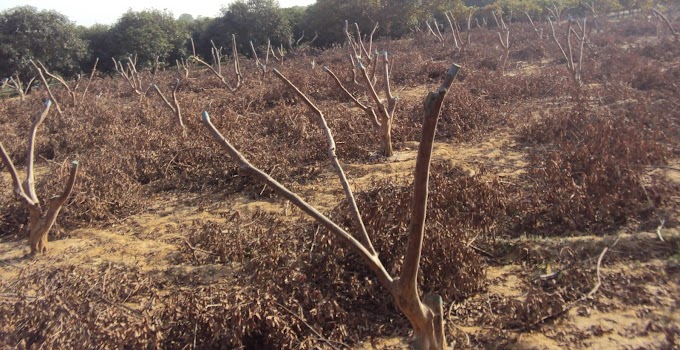Intercropping is the cultivation of two or more species of crops at the same time in the same field in such a way they interact agronomically. Intercropping can also be defined as the growing of two or more crops together in proximity on the same piece of land or cultivation of more than one crop at the same time in the same field.
Principles of intercropping
- The proper spatial arrangement must be done to maximize cooperation and minimize the competition between the crops selected for intercropping.
- There should be an optimum density of intercrops to avoid overcrowding.
- The crops of different maturity dates should be preferred to reduce the competition for resources during peak demand period.
- The selected intercrop should be compatible with the main crop in its water, nutrients and soil requirement.
- The intercrop should not be an alternate host for pest and diseases of the main crop.
- Row intercropping: When in intercropping at least one crop is planted in rows, the intercropping is called row intercropping.
- Strip intercropping: Growing of two or more crops together in strips wide enough to permit separate production of crops using mechanical implements, but close enough for the crops to interact is termed as strip intercropping.
- Mixed intercropping: is defined as growing two or more crops at the same time with no distinct row arrangement. It is also called mixed cropping.
- Relay intercropping or relay cropping: Planting of the second crop in a standing crop at its reproductive stage but before harvesting is called relay cropping
- Sequential cropping: Growing of two or more crops one after the other (in sequence) in the same piece of land is known as sequential cropping.
- Multi-tire or multi-storied cropping: The practice of growing different crops of varying heights, rooting pattern and duration to utilize the vertical space more effectively is called multi-tire cropping. For example- coconut + black-pepper + pineapple and coconut + pineapple + turmeric.
- Parallel cropping: When two crops of different growth habit have zero competition and both express their full yield potential, the intercropping is called parallel cropping.
- Companion cropping: Under this cropping, the two crops are grown maintaining their standard plant population to get the yield of each crop equal to its sole crop.









